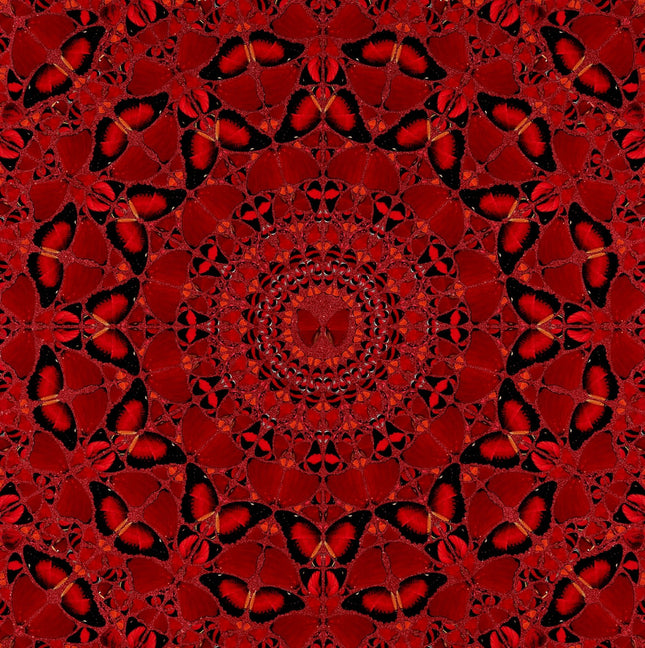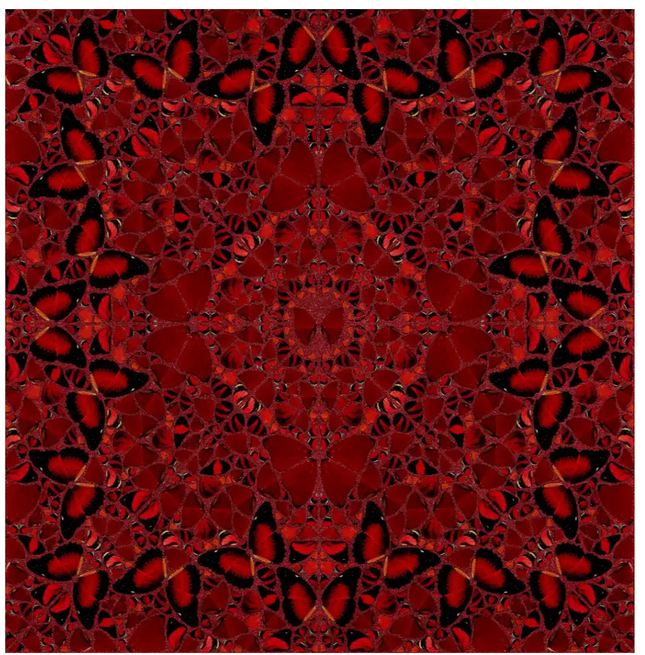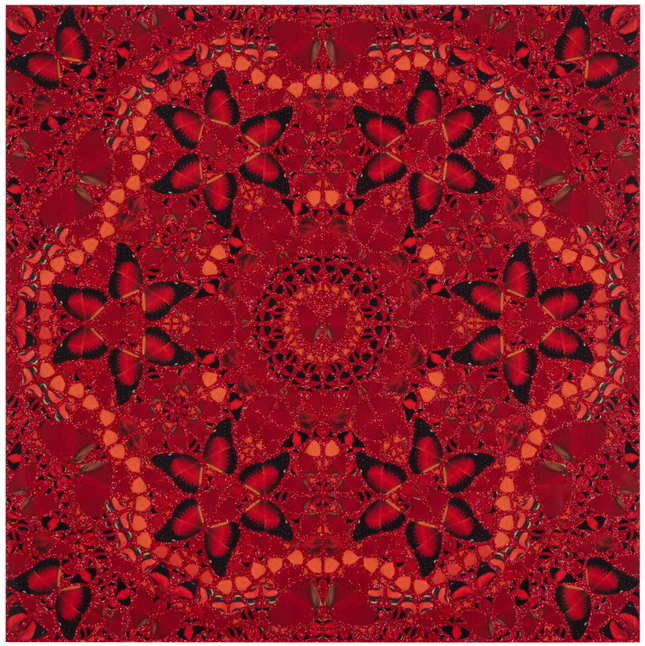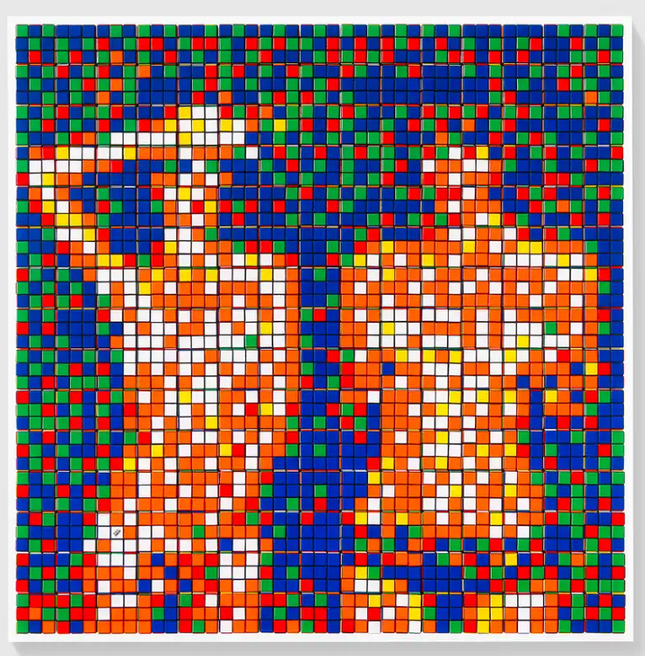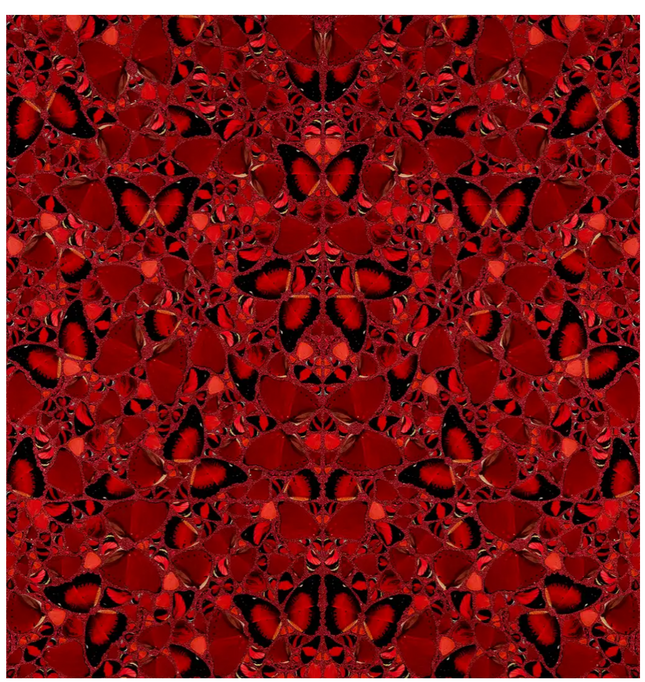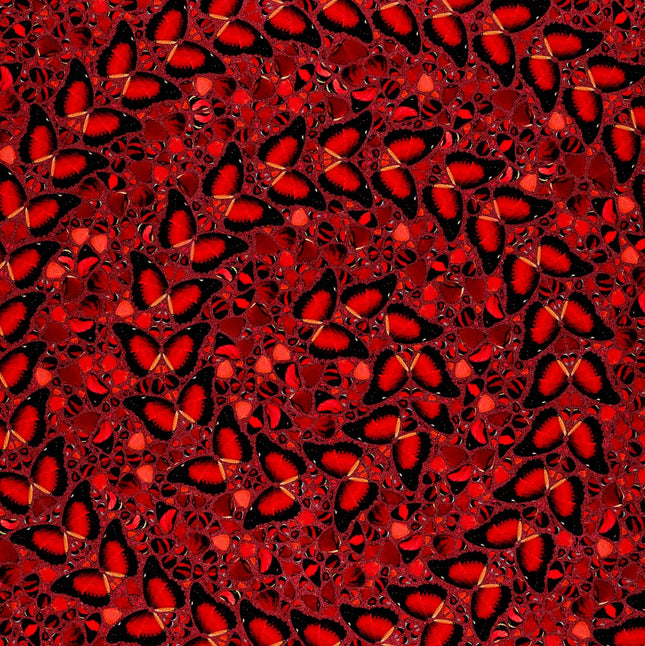
A Universal Theme in Modern Urban Expressions
Love relationships marriage & dating have captivated artists across countless mediums, and the vibrant field of Street Pop Art & Graffiti Artwork is no exception. Artists use walls, canvases, and digital formats to showcase the excitement and challenges that come with human connection. These creative explorations reveal both the timeless and contemporary elements of romantic pursuits, linking personal stories to broader cultural narratives. Bold colors, dynamic lettering, and recognizable pop references often appear in street-based works, inviting passersby and collectors alike to ponder the significance of passion, fidelity, and commitment. Urban creators employ heart shapes, silhouettes of couples, and stylized text to symbolize affection, intimacy, and unity. Viewers sometimes discover powerful images of two figures embracing, hand in hand, or even parted by opposing forces. Such scenes acknowledge how love ties people together, yet remains susceptible to outside influences or internal strains. The neon palette and punchy contrasts of Street Pop Art & Graffiti Artwork intensify each message, reminding observers that emotional bonds can be both energizing and delicate.
Depictions of Courtship in Street Pop Art & Graffiti Artwork
Dating rituals often involve spontaneity, and that sense of immediacy translates effectively into the urban art sphere. Street artists portray flirtatious encounters or discreet gestures in bold outlines that capture the excitement of first dates or unexpected encounters. Some compositions feature graffiti-style lettering, proclaiming short phrases like be mine or you blow my mind in broad strokes. These statements punctuate the concrete canvas with a playful, rebellious spirit while retaining a clear sense of tenderness. The overall effect is a vivid celebration of how modern courtship can kindle hope and exhilaration in an otherwise monochromatic cityscape. Certain pieces integrate shared experiences, such as picnics or nights out, through cartoonish or hyper-realistic scenes. Spectators can sense the narrative unfolding and sympathize with the figures hovering between anticipation and uncertainty. This focus on vulnerability resonates strongly with viewers, reflecting that love rarely follows a predictable path. Street Pop Art & Graffiti Artwork amplifies these moments in large-scale murals or intimate stickers, encouraging onlookers to connect with the layers of authenticity and raw emotion displayed.
Reflections on Marriage and Devotion
Some urban creators focus on the concept of matrimony by depicting couples in wedding attire or referencing rings and symbolic items. These works invite the public to think about the gravity and joy of uniting two lives. The stark contrast between the hopeful imagery of marriage and the rough surfaces on which it is portrayed highlights how lasting commitment can stand firm in an ever-shifting world. Crowns and regal decorations often appear within marriage-related pieces, underscoring a sense of shared triumph and partnership. When such imagery is rendered with spray paint, stencil, or paste-ups, it underscores the blend of timeless ceremony and immediate artistic expression. Constructing a marriage-themed piece in an alley or bustling city center suggests that love stories belong to the collective, existing at the intersection of private devotion and public space. These presentations open a window onto the personal while maintaining an air of celebration, blending tradition with innovation. Couples from diverse backgrounds or even abstract, dreamlike figures illustrate inclusivity, hinting that love transcends the boundaries we place upon ourselves.
Ongoing Exploration of Emotional Bonds
Street Pop Art & Graffiti Artwork continues to evolve, and themes of love, commitment, and the nuances of dating remain central to that progression. Modern artists find fresh ways to represent partnership, channeling everything from humorous observations to deeply moving narratives. Urban settings become stages for pictorial love letters, soulful confessions, and bold challenges to conventional ideals about companionship. This synergy between the romantic and the raw injects heartfelt dialogue into the daily flow of pedestrians, urging them to pause and consider the spectrum of human connection. By integrating vibrant motifs with tactile surfaces, these creations testify to the lasting power of affection, devotion, and the enduring quest to find and maintain meaningful bonds.

